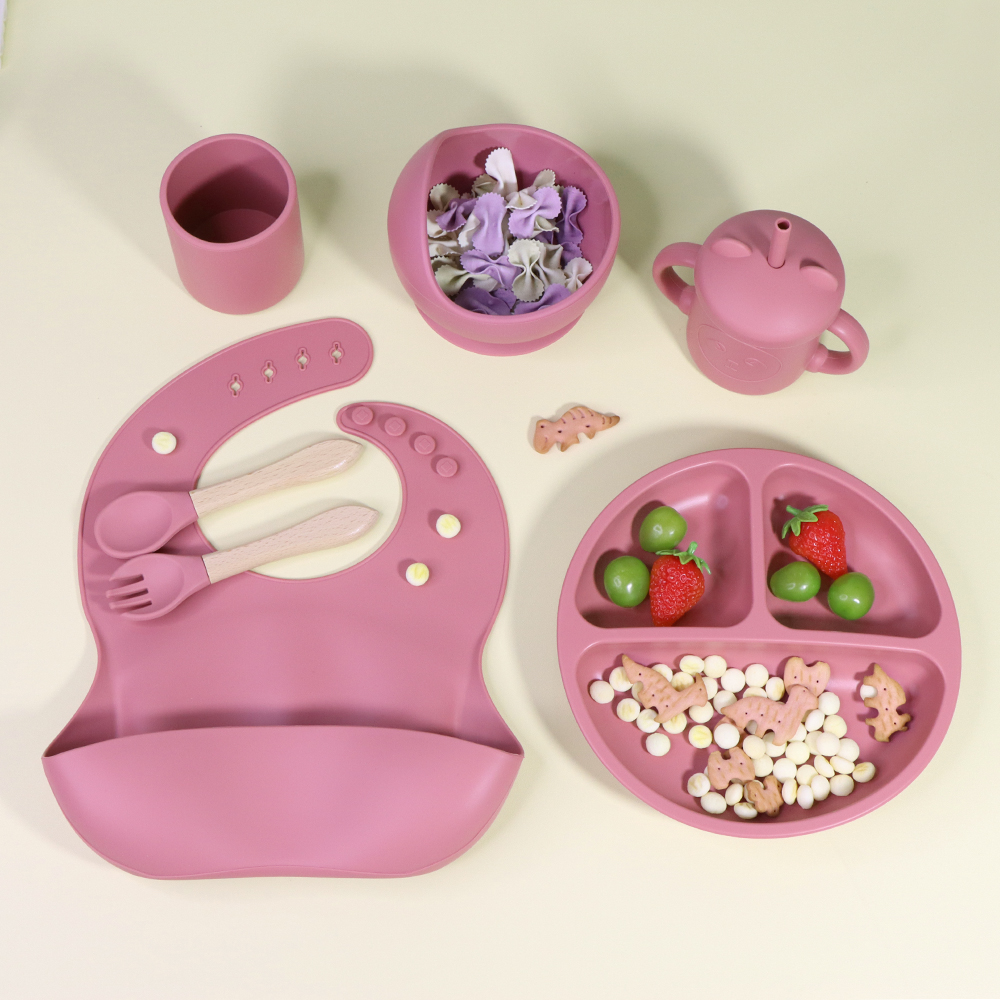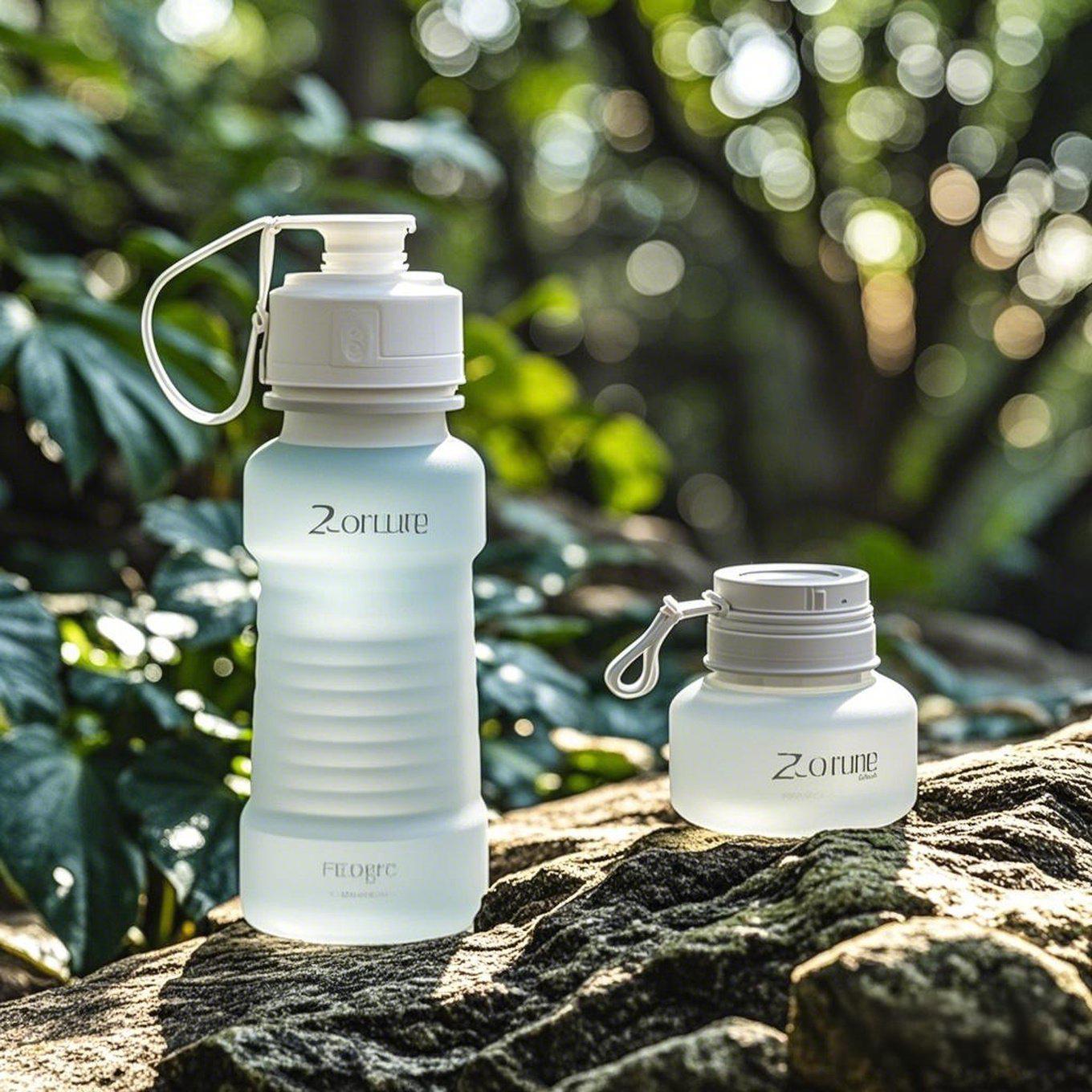Zawartość
Silicone food containers have become a kitchen essential thanks to their flexibility, durability, and safe, non-toxic properties. They’re ideal for storing leftovers, meal prepping, or freezing homemade soups. However, when not dried properly or stored in humid conditions, mold can occasionally form on the surface—especially in corners or lid seals.
In this guide, we’ll show you how to safely and effectively remove mold from silicone food containers without damaging their structure. Plus, you’ll learn how to prevent mold from returning so your containers stay fresh, clean, and ready for everyday use.
Step-by-Step: Safely Cleaning Mold from Silicone Food Containers
1. Make a Natural Vinegar Cleaning Solution
Mix equal parts white vinegar and water in a spray bottle. This eco-friendly solution is effective in killing mold spores without introducing harsh chemicals.
2. Apply Directly to Moldy Areas
Spray the vinegar solution thoroughly over the affected silicone surface—paying special attention to corners, creases, and lid grooves where mold often hides.
3. Gently Scrub with a Soft Brush
Use a soft-bristled kitchen brush or bottle cleaner to scrub the moldy spots. This helps remove buildup without scratching or degrading the container’s surface.
4. Rinse Thoroughly with Warm Water
After scrubbing, rinse your container well to remove all vinegar residue and mold particles.
5. Dry Completely Before Use
Use a clean towel to wipe the container dry, then air dry fully before storing it. Never seal or stack containers while they’re still damp.
Can You Use Bleach to Remove Mold?
While bleach can eliminate stubborn mold, it may also weaken or discolor silicone over time, especially if used frequently. For regular cleaning, it’s better to use natural alternatives like vinegar or baking soda.
Reserve bleach only for deep cleaning when natural methods aren’t effective—and rinse thoroughly afterward.
How to Prevent Mold from Returning
To maintain the hygiene of your silicone containers, follow these easy tips:
Always dry containers completely before sealing or stacking
Store in a well-ventilated drawer or cabinet
Clean with vinegar or baking soda weekly if used for meal prep or freezer storage
Użycie anti-mold spray or food-safe drying racks to promote airflow


Why Silicone Food Storage Containers Are Worth Keeping Mold-Free
Investing in high-quality silicone food storage containers with lids has many advantages:
| Cecha | Benefit |
|---|---|
| Freezer Safe | Perfect for storing soups, sauces, or cooked vegetables |
| Możliwość mycia w zmywarce | Easy cleanup on the top or bottom rack |
| Microwavable | Reheat leftovers directly without switching containers |
| Leakproof Lids | Keeps food fresh and spill-free, ideal for lunchboxes |
| Durable & Flexible | Withstands temperature changes and daily use |
| Multi-Purpose | Great for meal prep, camping snacks, kids’ lunches, and more |
These containers are ideal for meal prepping, freezing soups, storing vegetables, nuts, or leftovers, and are even great as camping food containers or snack organizers for on-the-go use.
Przemyślenia końcowe
Removing mold from silicone food containers is simple with the right method and regular care. By using gentle cleaning solutions and ensuring proper drying, you can extend the life of your containers while keeping your food storage safe and sanitary.
Looking for BPA-free, microwave-safe, and freezer-ready silicone containers?
Explore Jewelives’s collection of collapsible and leakproof silicone food storage containers—perfect for healthy living, eco-friendly storage, and everyday convenience.




